Three Myths About Roof Maintenance
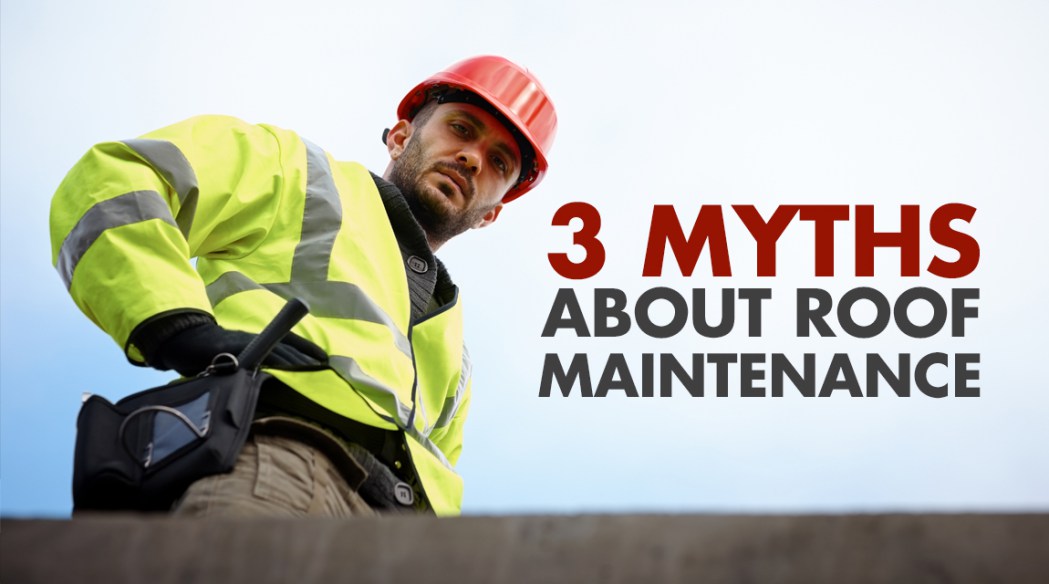
Roof maintenance contracts benefit both contractor and property owners and managers.
By Jennifer Long, GAF.
Whether you’re a low-slope roofing contractor or a building owner/manager, roof maintenance can be the key to unlocking significant business value. Unfortunately, there are three common myths that often prevent people from seeing the value right over their heads.
Since this is the first in a series of posts designed to help contractors and owner/managers make the most of the commercial roof maintenance opportunity, let’s begin by clearing up those myths.
MYTH #1: Modern roofs are maintenance-free
TRUTH: That would be nice, wouldn’t it? Recent advances in materials and application technology have certainly made roofs more efficient, durable, and easier to install. (For great insights on the performance of TPO, thermoplastic welds, and more, check out the Building Science category on the GAF ProBlog.) Yet despite the efforts of knowledgeable and innovative roofing technologists, no one has yet been able to develop a 20-year, maintenance-free roof.
The fact is, more than 80% of commercial roofs are replaced prematurely, due in part to a failure to follow a regular maintenance schedule. The good news is, a proactively-maintained roof has the potential to outlast its warranty. According to Roofing Contractor Magazine, a roofing system with proactive maintenance can have an average roof life of 21 years compared to 13 years with a reactive maintenance program, depending on the roofing system and building type.
That can mean more value for the building owner as well as opportunity for the roof maintenance contractor.
MYTH #2: Problems with my roof are covered by materials warranties
TRUTH: Material warranties cover manufacturer material defects, which represent less than 1% of roof failure. Poor installation, severe weather, and lack of maintenance are the most common causes of roof failure, and are not covered under manufacturer limited material warranties. Extended or enhanced warranties also do not cover maintenance costs and usually do not cover problems that can arise from neglecting regular maintenance.
Annual or semi-annual inspections help to locate deficiencies so they can be repaired before they become severe enough to allow moisture into the building.
For the contractor, these inspections can mean reliable business with the potential for increased profit margins from conducting timely repairs and necessary reroofs. They can also contribute to increased customer satisfaction and referrals. According to the NRCA, maintenance work can generate twice as much as competitively bidding on new roofs.
For the building owner, regular inspections can help identify problems when they’re smaller, less expensive to address, and in time to prevent damage to insulation, decking and items stored inside the building.
MYTH # 3: Maintenance is optional
TRUTH: This is the big one — the mother of all maintenance myths. And why wouldn’t it be? After all, what budget-conscious manager hasn’t at least considered saving money by skimping on maintenance? The problem is, standard “No Dollar Limit” warranties require it. The EverGuard® Diamond Pledge™ NDL Roof Guarantee, for instance, states, “You must perform regular inspections and maintenance and keep records of this work.” That means treating maintenance as “optional” could jeopardize the warranty and may actually shorten the lifespan of the roof itself.
For the building owner, maintenance is not optional. But what about the contractor? Considering the benefits of roof maintenance to the owner and roofer, it seems clear that offering a maintenance contract should be a part of every roofing estimate.
Learn more about GAF.
Editor’s note: This article was first published in GAF’s blog and can be viewed here.




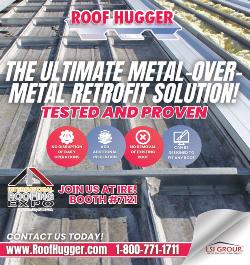








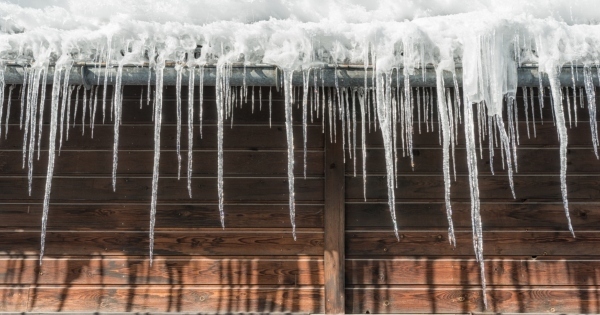
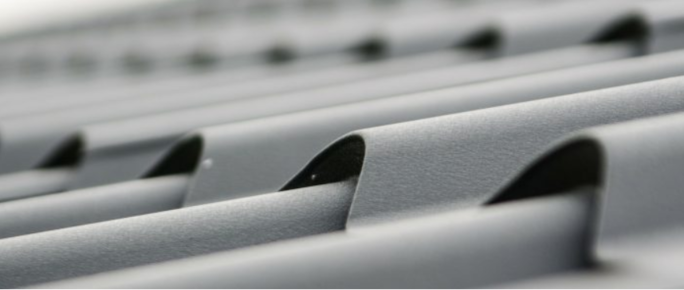




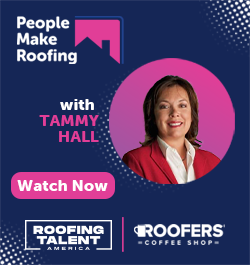



Comments
Leave a Reply
Have an account? Login to leave a comment!
Sign In